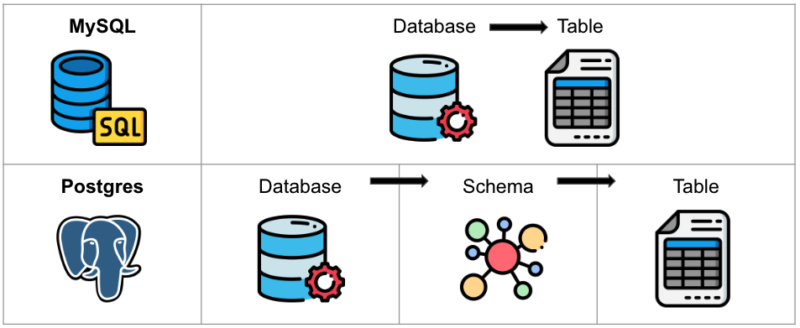Training Data
From MySQL to Postgres: How Vatico changes the softwares used in light of changing business needs
Now that we are clear about the importance of a data warehouse in Vatico’s data analytics, today’s post will focus on the softwares needed to perform data analysis effectively. Specifically, we will examine how the tools Vatico uses to perform its data analytics evolve as business needs change. Relatedly, we will explore the pros and cons of MySQL and Postgres, in the context of data analytics in Vatico.
Vatico in the Past: MySQL
Vatico started off with only one business unit. To analyze its data, it used MySQL, Structured Query Language. A programming language which many data analysts are familiar with, it is used to query data of interest from large databases. In the early stages of the start-up, MySQL could fulfill the data analytics needs of Vatico: to query revenue and cost metrics of interest, as well as, inventory and warehouse statistics. This is bolstered by the amount of resources and support readily available for such a popular programming language like MySQL.
Vatico in the Present: Postgres
However, after Vatico started scaling up its business, there are now more business units, warehouses, and partners. In light of the sheer number of data sources, it was difficult to scale the code in MySQL for multiple businesses, especially when multiple data sources with different names are used to perform a particular query. Instead, it is more favorable to use Postgres because we only need to code for one database and we can easily scale it to other business units. This is made possible by schemas, as can be seen from the diagram below. Schemas ensure that the tables in the different business units have the same name and data structure, facilitating code scalability. There are also no limits on the size of the database in Postgres so it handles large databases well.

Having said that, one of the drawbacks of Postgres is that it is less popular than MySQL, hence there is likely to be less resources and support available.
Summary of Postgres and MySQL
Below is a summary table consolidating the strengths and weaknesses of Postgres and MySQL with Vatico’s data analytics needs as the backdrop.

Regardless of the softwares used, one of the end goals of data analytics is to crunch numbers to fulfill business needs. Another equally important but often understated aspect is to plan ahead so we can scale analytics. In this ever-changing landscape, Vatico’s Data Analytics team prides itself on adapting quickly so as to perform data analytics more effectively.



